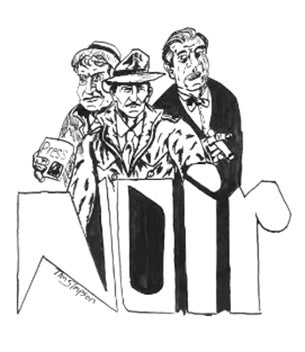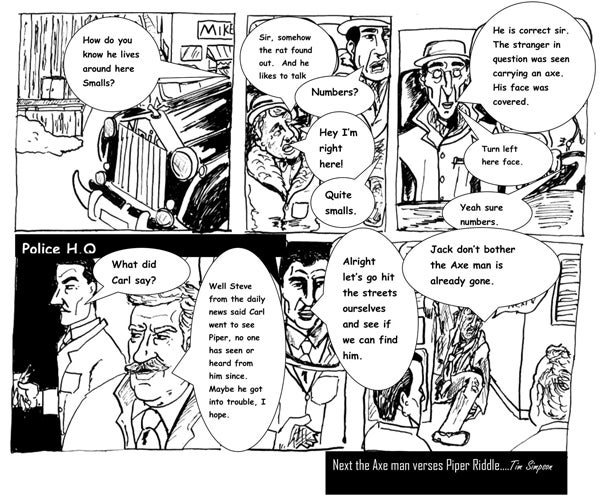Only in America — Part 2
Published 12:55 pm Wednesday, August 4, 2021
|
Getting your Trinity Audio player ready...
|
He was born January 12, 1856
He was considered the “leading portrait painter of his generation” for his evocations of Edwardian era luxury.
During his career, he created roughly 900 oil paintings and more than 2,000 watercolors, as well as countless sketches and charcoal drawings.
His parents were American, but he was trained in Paris prior to moving to London. He enjoyed international acclaim as a portrait painter, although not without controversy and some critical reservation; an early submission to the Paris Salon, his “Portrait of Madame X”, was intended to consolidate his position as a society painter, but it resulted in scandal instead.
From the beginning his work was characterized by remarkable technical facility, particularly in his ability to draw with a brush, which in later years inspired admiration as well as criticism for a supposed superficiality.
In 1879, at the age of 23, he painted a portrait of teacher Carolus-Duran; the virtuoso effort met with public approval, and announced the direction his mature work would take. Its showing at the Paris Salon was both a tribute to his teacher and an advertisement for portrait commissions. Of his early work, Henry James wrote that the artist offered “the slightly ‘uncanny’ spectacle of a talent which on the very threshold of its career has nothing more to learn.”
Before arriving in England, he began sending paintings for exhibition at the Royal Academy.
These included the portraits of Dr. Pozzi at Home (1881), a flamboyant essay in red and his first full-length male portrait, and the more traditional Mrs. Henry White (1883).
English critics were not warm at first, faulting him for his “clever” “Frenchified” handling of paint. One reviewer seeing his portrait of Mrs. Henry White described his technique as “hard” and “almost metallic” with “no taste in expression, air, or modeling.”
1903. He had Theodore Roosevelt hold a pose for one of his most recognized portraits.
In 1922 he co-founded New York City’s Grand Central Art Galleries together with Edmund Greacen, Walter Leighton Clark, and others.
He died on April 14, 1925 of heart disease.
His name was John Singer Sargent.
This and much more about John Singer Sargent can be found in any public domain research website or books.
Please enjoy one free audio review copy of A life Worth Living: A true journey of faith, now available on Audible. Redeem the one-time use code below at https://www.audible.com/acx-promo
BAQZNZ7ZRYKDT
So far. Carl Colvin and Piper Riddle go to the one man on the streets that knows everything, however he is not willing to give out information for free.






